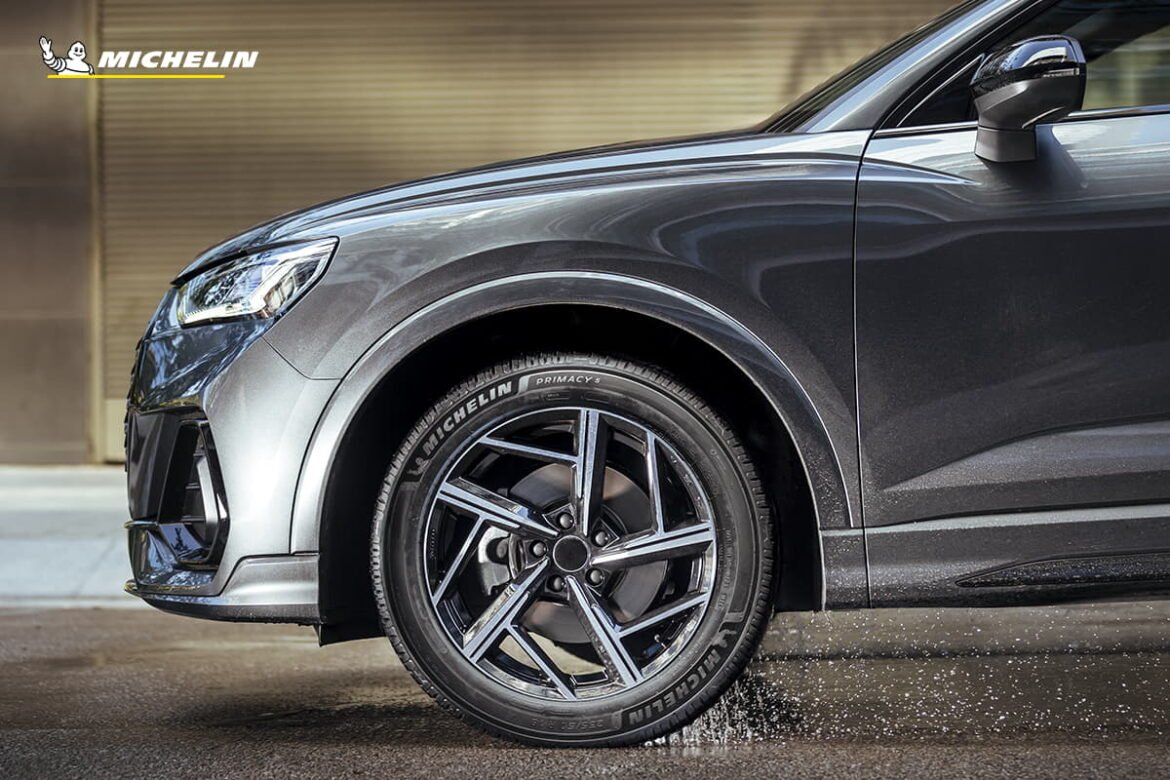KUALA LUMPUR, 10 July 2025 – In May, ADAC (Allgemeiner Deutscher Automobil-Club), the German automobile association famed for the severity of its tests, published a new study on 160 tire models across all brands. According to the findings, Michelin tires emitted 26% fewer particles than the average of their premium competitor. This result reaffirms a previous study published in 2021, which had already demonstrated that Michelin tires emitted 28% fewer particles than the average for premium tires. Michelin’s closest competitor emitted 20% more particles per kilometer driven and per metric ton transported.
These results highlight Michelin’s continuous innovation in delivering tires that maintain high performance over time, while also offering excellent lifespan, lower particle emissions, and reduced raw material consumption. This approach naturally results in tires that emit fewer particles. The ADAC study also demonstrates that strong environmental performance can be associated with a very high safety level.
Tire abrasion, a global challenge targeted by the Euro 7 Regulation in Europe
In Europe alone, road transport generates approximately 500,000 metric tons of tire wear and road wear particles every year.
The Euro 7 standard, passed in July 2024, introduces a requirement to measure global wear particle emissions for all tires sold in the European market. Non-compliant tires will no longer be permitted for sale.
The objective for Michelin is clear: to significantly reduce the amount of tire particles emitted starting first in Europe, then in all other countries where Michelin operates.
“Tire particle waste is an unavoidable part of driving, but at Michelin, we are committed to doing all we can to reduce the impact of our tires on the environment, “ said Florentin Odenwald, Managing Director of Michelin Malaysia, Singapore, and Brunei. “Our goal is to lead in sustainability by reducing this impact through tireless innovation, without compromising on safety or performance.“
Michelin, committed to understanding and reducing tire abrasion for more than 20 years
Michelin has been innovating for over 20 years to reduce the abrasion phenomenon, the result of friction between the tire and the road. This long-standing commitment has driven innovations that reduced the wear emissions from its tires by 5% between 2015 and 2020. These advances represent the equivalent of a reduction of 100,000 metric tons of particles emitted over this period, with further reductions targeted in the coming years.
To achieve this, Michelin continues to invest heavily in research and development (EUR 786 million in 2024) in order to better understand the abrasion phenomenon. The Michelin Group is relying on its mastery of materials and on a design strategy that has historically been focused on optimizing the use of raw materials.
For example:
-
The MICHELIN Primacy 5 tire reduced particle emissions by 14% compared to the MICHELIN Primacy 4+.
-
The all-new MICHELIN CrossClimate 3 Sport, a summer tire approved for winter use (3PMSF certified), reduces particle emissions by 23% compared to the MICHELIN Pilot Sport 5, the summer tire in the same category.
At the end of 2023, Michelin announced the creation of a joint laboratory with the French National Centre for Scientific Research (CNRS) and the University of Clermont Auvergne: the BioDLab. Its mission is to better understand the biodeterioration of wear particles and develop tools that allow for offering real solutions for these to be assimilated by the environment.
Through these initiatives, Michelin aims to further increase its understanding of the tire wear phenomenon and their deterioration process. There are several objectives: reduce emissions, provide scientific responses, and develop real practical technical solutions. An approach that demands rigor and constant investment.
For more information, please visit https://www.michelin.com.my/.
For more details on the ADAC study, the official report is available here: https://assets.adac.de/image/upload/v1749035559/ADAC-eV/KOR/Text/PDF/33478_dppcxx.pdf


